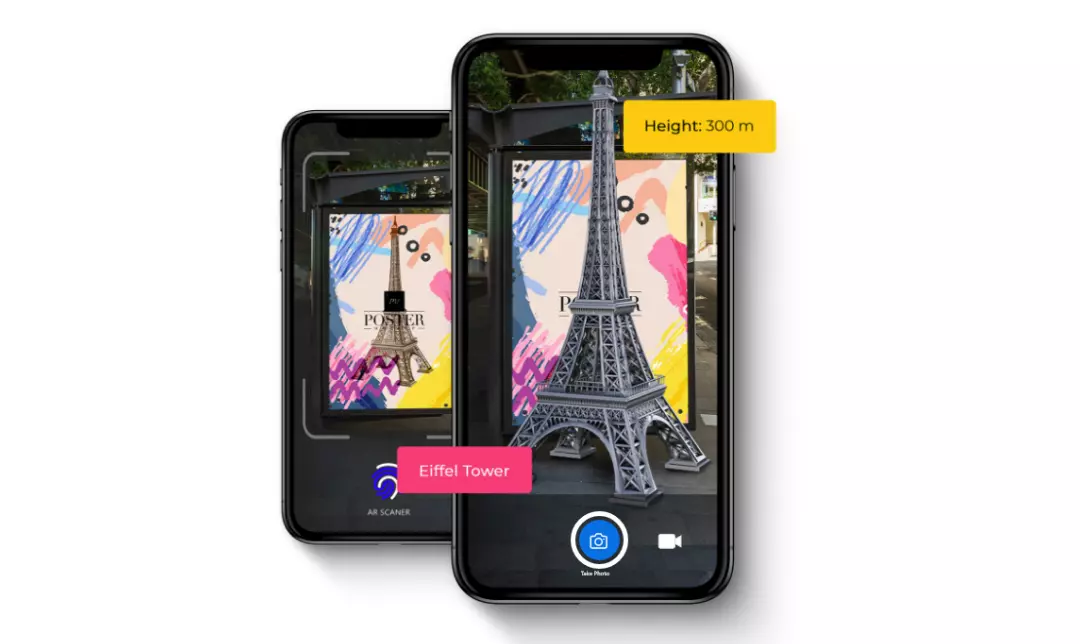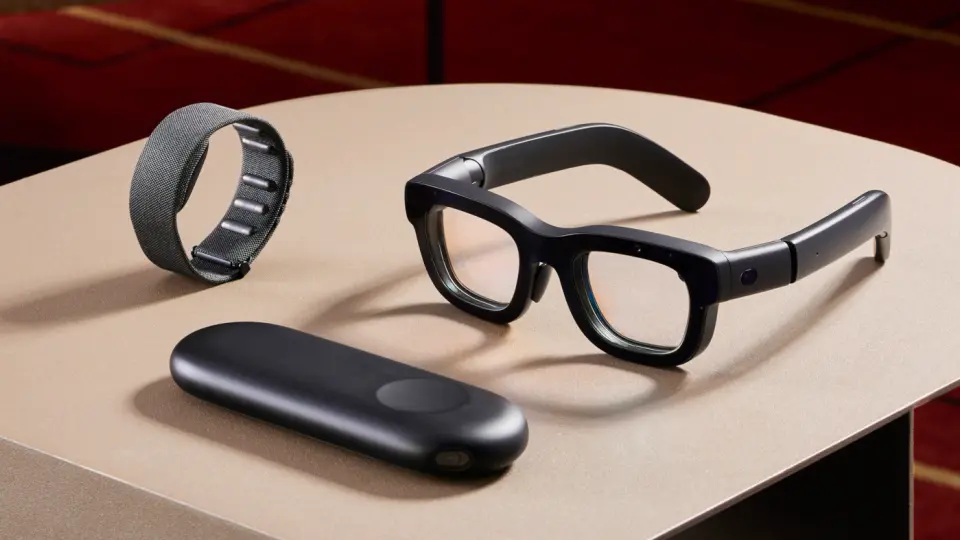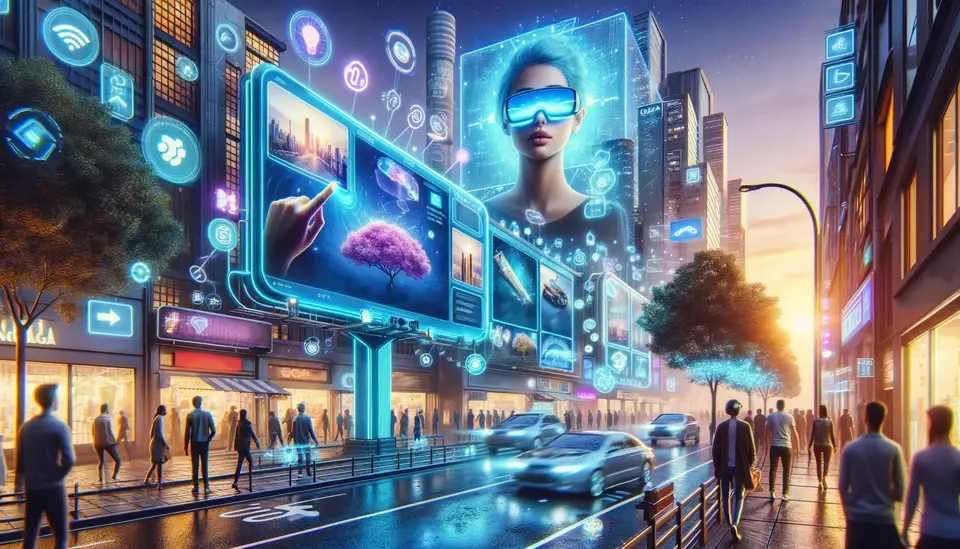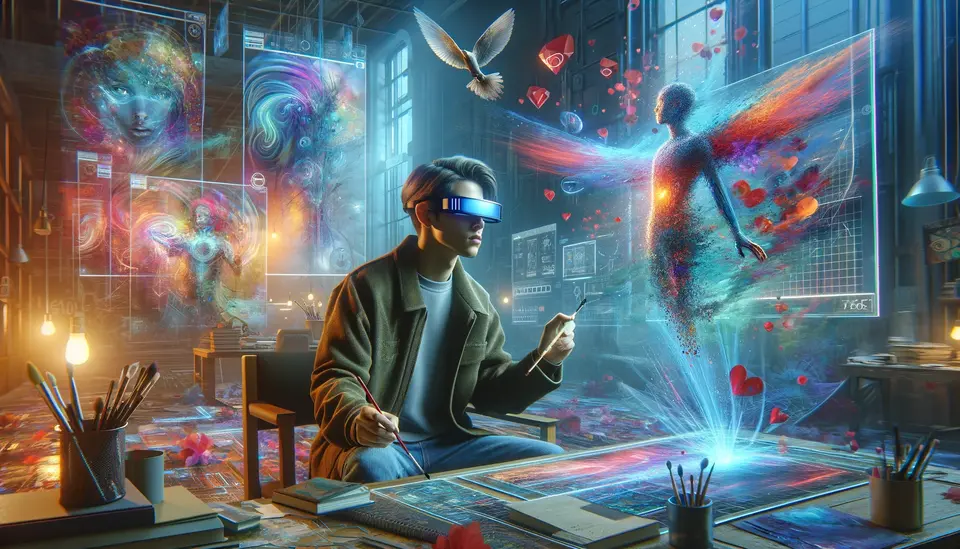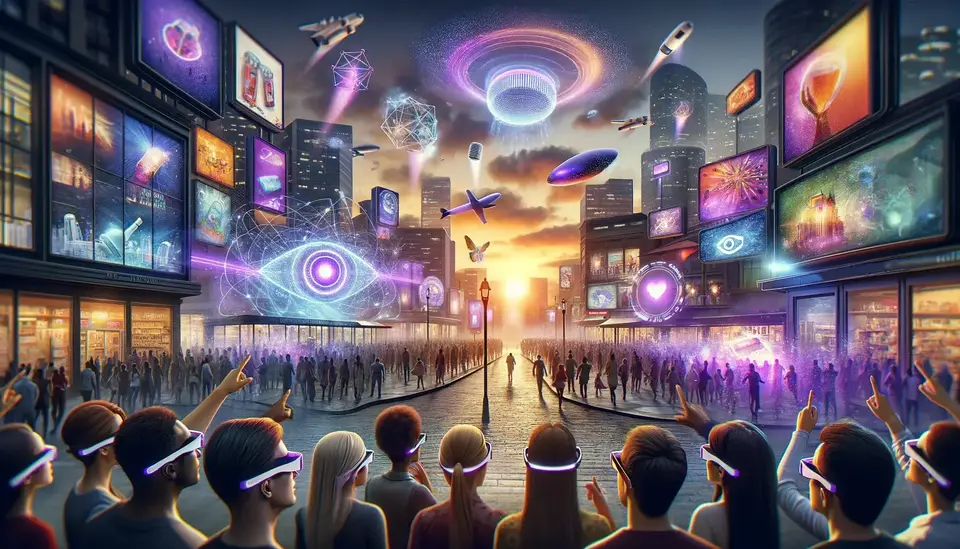15 Examples of the Use of Augmented Reality (AR) in Tourism
Posted on April 25, 2023 4 minutes 746 words
Table of contents
- 1. Virtual tours of popular attractions
- 2. Interactive guided tours
- 3. Museums and galleries
- 4. Historical site recreations
- 5. Language translation
- 6. Navigation and wayfinding
- 7. Local cuisine exploration
- 8. Wildlife and nature reserves
- 9. Airport and transportation assistance
- 10. Shopping and local products
- 11. Immersive experiences at theme parks
- 12. Events and festivals
- 13. Accessibility for disabled tourists
- 14. Cultural understanding and etiquette
- 15. Gamification and tourist engagement
- Conclusion
Augmented Reality (AR) technology has made significant strides in recent years, transforming industries and enhancing user experiences across various fields. One area where AR has shown immense potential is tourism, offering an innovative approach to exploring new destinations, engaging with local culture, and navigating unfamiliar environments. In this blog post, we’ll explore 15 examples of AR in tourism, highlighting real-world applications and the benefits they provide to travelers.
1. Virtual tours of popular attractions
Google’s Arts & Culture app allows users to explore popular attractions like the Palace of Versailles and the Guggenheim Museum through AR-enhanced virtual tours. These tours provide remote access to iconic landmarks, helping travelers plan their visits and making world-famous attractions accessible to everyone.
2. Interactive guided tours
Apps like AR City Tours offer guided tours of major cities like Paris, Rome, and New York. By pointing their smartphone at a particular attraction, tourists can access historical information, architectural details, and other interesting facts to enrich their sightseeing experience.
3. Museums and galleries
The British Museum in London uses an AR app called A Gift for Athena to provide an interactive experience with exhibits. Visitors can scan artifacts to reveal hidden stories and additional information, enhancing the traditional museum experience.
4. Historical site recreations
Apps like Timelooper bring history to life by recreating historical events and environments at famous locations, such as the Great Fire of London at Pudding Lane. This offers tourists an immersive and educational experience, bridging the gap between past and present.
5. Language translation
Google Lens provides real-time translations for foreign language text, such as signs and menus, by simply pointing a smartphone camera at the text. This invaluable tool makes navigating unfamiliar locations much more accessible for travelers.
6. Navigation and wayfinding
Citymapper’s AR functionality guides users through unfamiliar cities with turn-by-turn directions, simplifying urban navigation and ensuring that tourists never get lost.

7. Local cuisine exploration
Apps like Yelp Monocle use AR to help tourists discover local restaurants by overlaying reviews, ratings, and other relevant information onto the physical world, making it easy to find the perfect dining spot.
8. Wildlife and nature reserves
At California’s Golden Gate Park, the AR app JIYU Wild Life uses AR to provide visitors with information about the park’s flora and fauna, fostering responsible tourism and encouraging conservation efforts.
9. Airport and transportation assistance
The Gatwick Airport Passenger app offers AR-assisted wayfinding for passengers, providing directions to gates, lounges, and other airport facilities, simplifying the travel process.
10. Shopping and local products
Apps like See-It-Buy-It enable tourists to scan local products and find out more about their history, origin, and craftsmanship, promoting local economies and unique shopping experiences.
11. Immersive experiences at theme parks
Disney Parks uses AR technology to create immersive experiences such as interactive games, scavenger hunts, and character meet-and-greets, elevating the magic and wonder of their parks.
12. Events and festivals
The Coachella Valley Music and Arts Festival app uses AR to provide festival-goers with interactive maps, performance schedules, and other valuable information, enhancing their overall experience.
13. Accessibility for disabled tourists
Apps like Aira use AR to help visually impaired tourists navigate unfamiliar environments, providing tailored information and assistance to improve their travel experience.
14. Cultural understanding and etiquette
TripLingo’s Culture Guide uses AR to educate tourists on local customs, traditions, and etiquette, promoting responsible and respectful tourism.
15. Gamification and tourist engagement
The Seek Adventure app uses AR and geolocation to create a virtual treasure hunt, engaging tourists in exploration and encouraging them to engage with their surroundings. By completing challenges and solving puzzles, tourists can unlock rewards, such as discounts at local businesses or points to redeem for travel experiences. This gamification aspect motivates travelers to venture off the beaten path and share their experiences on social media, promoting the destination and encouraging others to explore as well.
Conclusion
The use of Augmented Reality in tourism has opened up a world of possibilities for creating more engaging, informative, and accessible travel experiences. From virtual tours and immersive historical site recreations to navigation assistance and cultural education, AR technology is transforming the way we explore and interact with the world around us. As AR technology continues to advance, the potential for further innovation and enhancement of tourism experiences is vast. So, the next time you plan a trip, consider incorporating AR-enabled travel apps and experiences to elevate your journey and create lasting memories.

